
Keeping an “i-on” chloroplast gene expression
The Plant Cell: In a NutshellDeTar et al. examined whether disruption of ion homeostasis affects plastid gene expression and chloroplast development.
Rachael Ann DeTar and Hans-Henning Kunz both at School of Biological Sciences at Washington State University & Plant Biochemistry at LMU Munich
Background: Proteins that…
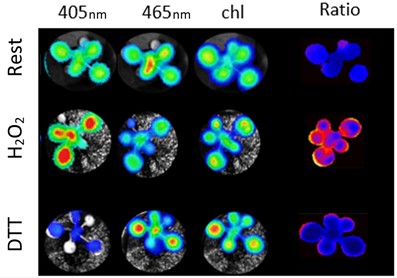
Radical Information - Daily Stress and When the Light is Just Too Strong…
The Plant Cell: In a NutshellHaber et al. developed an automated microplate system to continuously monitor levels of reactive oxygen species in planta. Plant Cell. https://doi.org/10.1093/plcell/koab068.
By Zechariah Haber and Shilo Rosenwasser, The Robert H. Smith Institute of Plant Sciences and Genetics in Agriculture, The…
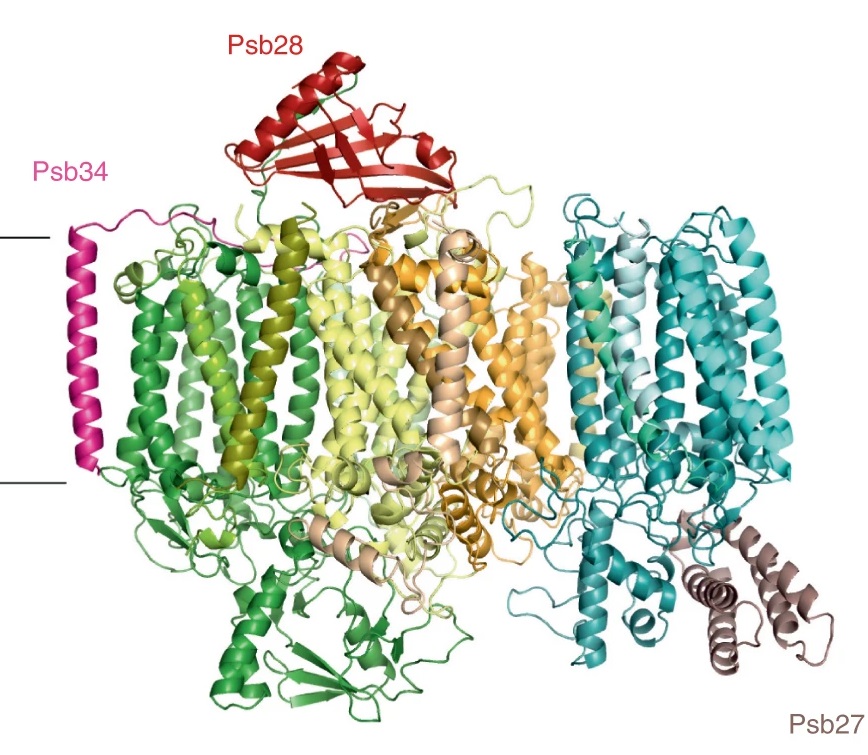
Structural insights into photosystem II assembly (Nature Plants)
Plant Science Research WeeklyPhotosystem II is a multisubunit enzyme complex in the thylakoid membranes of plant, algae, and cyanobacteria. Here, Zebret et al. used cryo-electron microscopy to produce high-resolution structural information of the intermediate complexes involved in the biogenesis and assembly of photosystem II from…
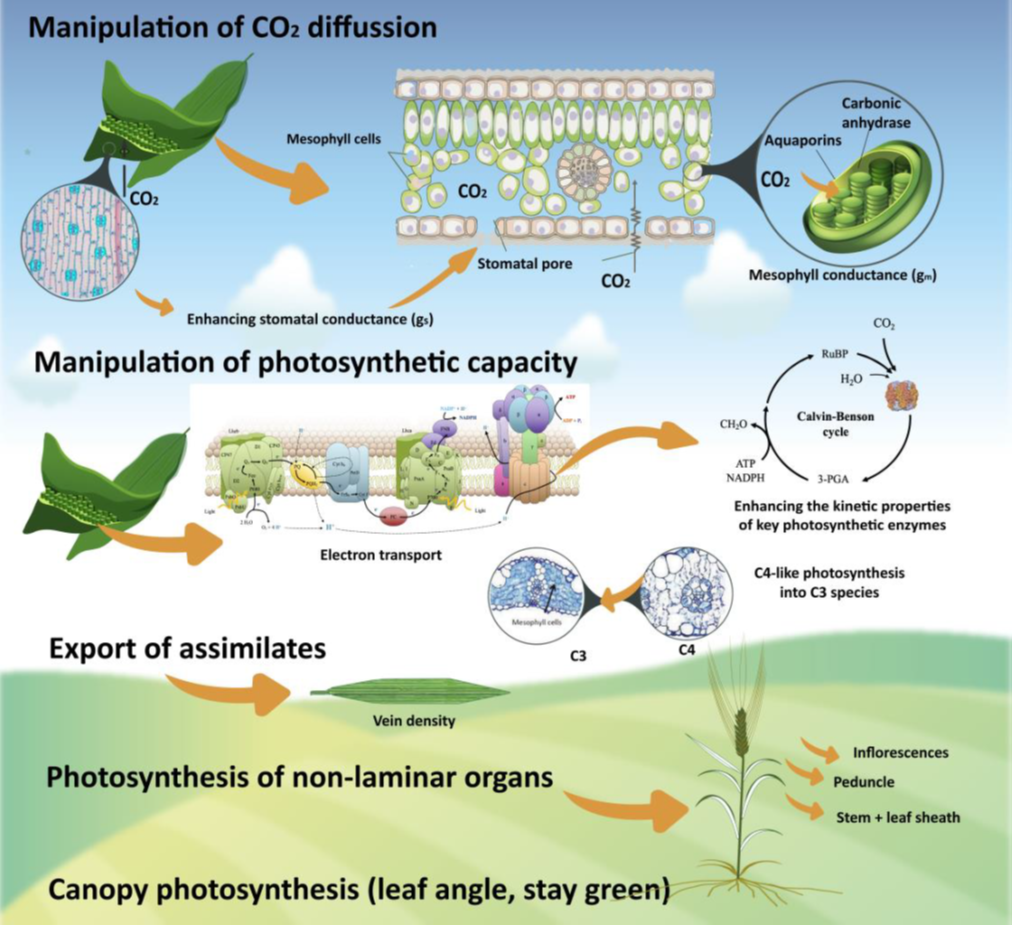
Review: Improving crop yield and resilience through photosynthesis optimisation: panacea or pipe dream? (J. Exp. Bot.)
Plant Science Research WeeklyHas crop photosynthesis research been successful for increasing yields? This very crucial question is analyzed in a new review by Araus et al. The authors report that there has been no increase that can be described as a "quantum leap," but they discuss the merits of increasing leaf photosynthesis and…
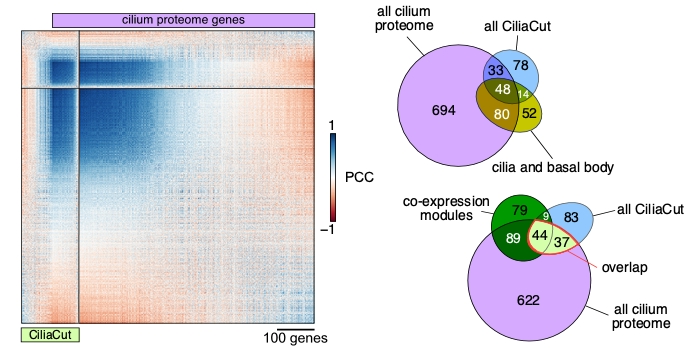
Chlamydomonas keeps the rhythm going
The Plant Cell: In a NutshellBy Patrice Salomé, Department of Chemistry and Biochemistry, UCLA, Los Angeles, CA
Salomé and Merchant analyze hundreds of RNA-seq samples in the single-cell green alga and discover vast co-expression potential and surprising residual synchronized expression across samples derived from cultures…
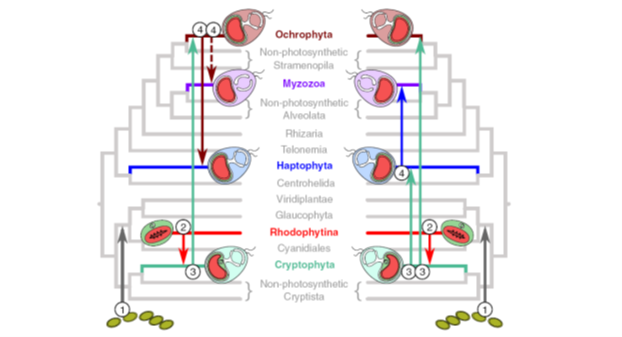
A molecular timescale for eukaryote evolution with implications for the origin of red algal-derived plastids (Nature Comms)
Plant Science Research WeeklyAlgae powered by red algal-derived plastids (e.g., diatoms, dinoflagellates, and coccolithophores) are among the most evolutionary and ecologically successful eukaryotes on Earth, but their origins and relationships remain poorly understood. Here, Strassert et al. test the rhodoplex hypothesis that designates…
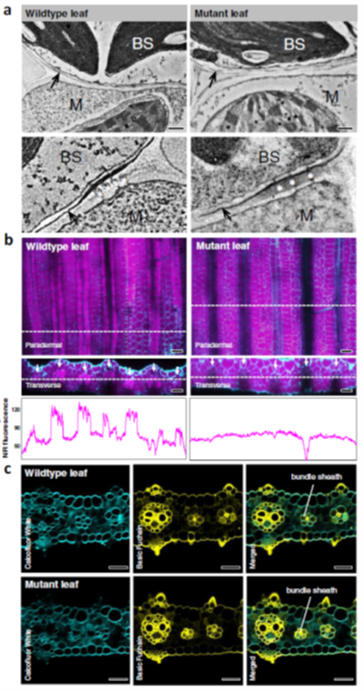
Bundle sheath suberisation is required for C4 photosynthesis in a Setaria viridis mutant (Nature Comms)
Plant Science Research WeeklyAn efficient C4 photosynthetic pathway relies on the coordination between the biochemical carbon concentration mechanism that secures high rates of C4 acid flow into the bundle sheath (BS) and anatomical modifications that minimize CO2 leakage out of the BS cells. Suberin deposition in BS cell walls…
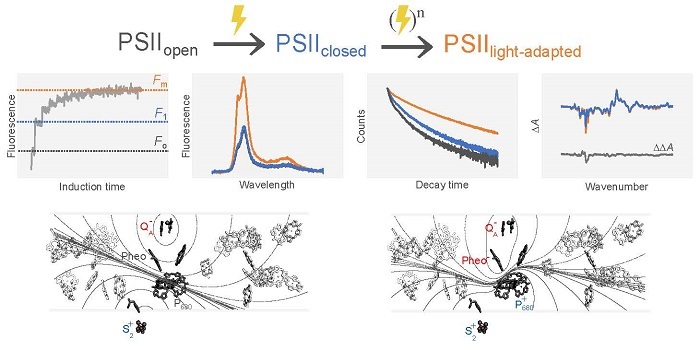
A Light-Adapted Charge-Separated State for PSII
The Plant Cell: In a NutshellSipka and coworkers show that the closed state of photosystem II holds a formerly unrecognized structural and functional plasticity and upon illumination assumes a light-adapted charge-separated state. [Plant Cell https://academic.oup.com/plcell/advance-article/doi/10.1093/plcell/koab008/6119330]
By…
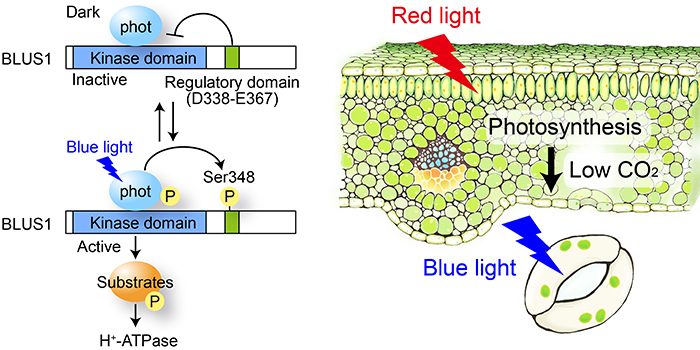
How Blue and Red Light Synergistically Drive Stomatal Opening
The Plant Cell: In a NutshellHosotani et al. explore the molecular mechanisms that modulate stomatal opening under different light conditions.
by Sakurako Hosotani and Atsushi Takemiya (Yamaguchi University)
Background: Opening of stomatal pores is essential for photosynthetic CO2 fixation and transpiration in terrestrial…

